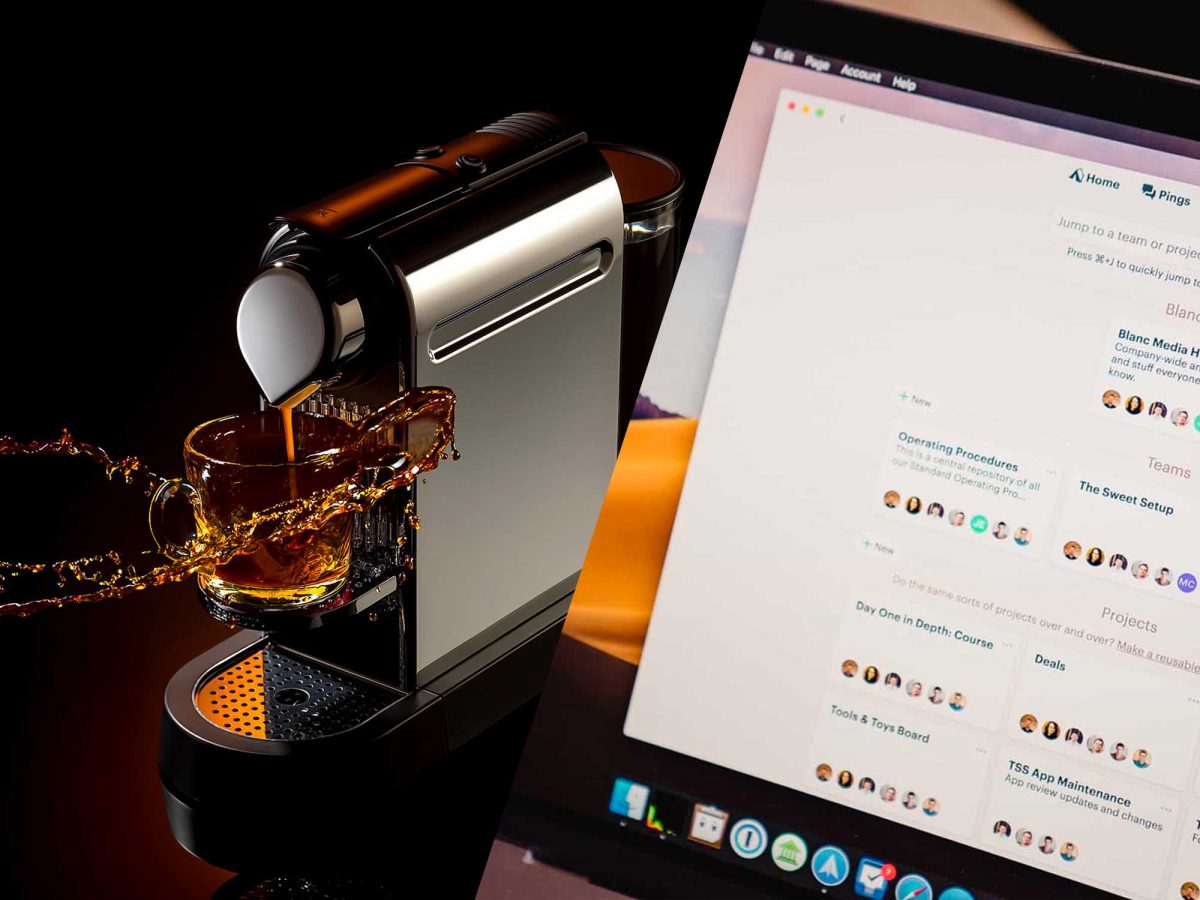Nespresso made a business out of making coffee easier.
They managed to make them pill-size. Put your Nespresso pill into your Nespresso machine and there you go. It’s done in a couple of seconds.
Not only that
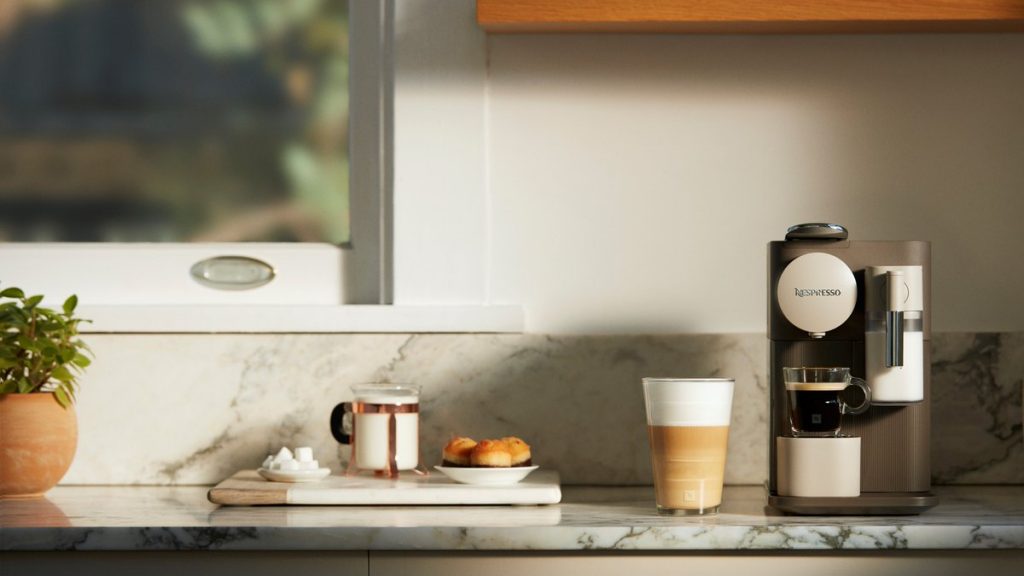
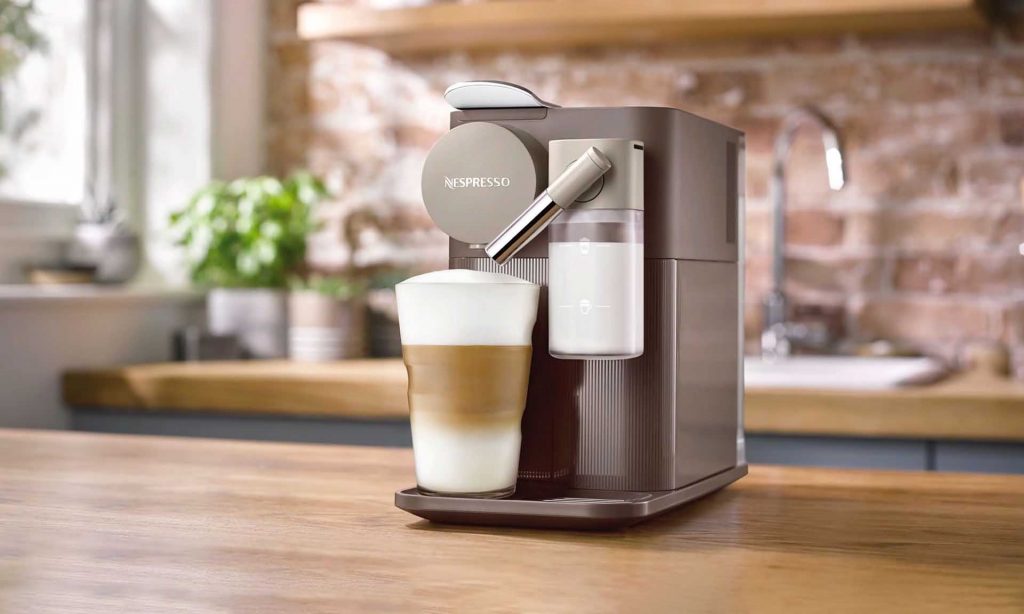
Once again, we have a successful company being aware of their audience.
Their pills are also interesting, they enforce the lock-in effect. Once I bought a Nespresso machine, I can’t do anything else but buy their pills. They lock me in, much like Spotify/Apple Music or Google Docs: it costs me more to move to someone else than to keep on paying them.
That is, until their patents expired in 2012. Now many companies to “knock-offs” or pills that are compatible with their machines, since they don’t have a monopoly anymore.
Nothing lasts forever and business is, much like nature, a balancing force.
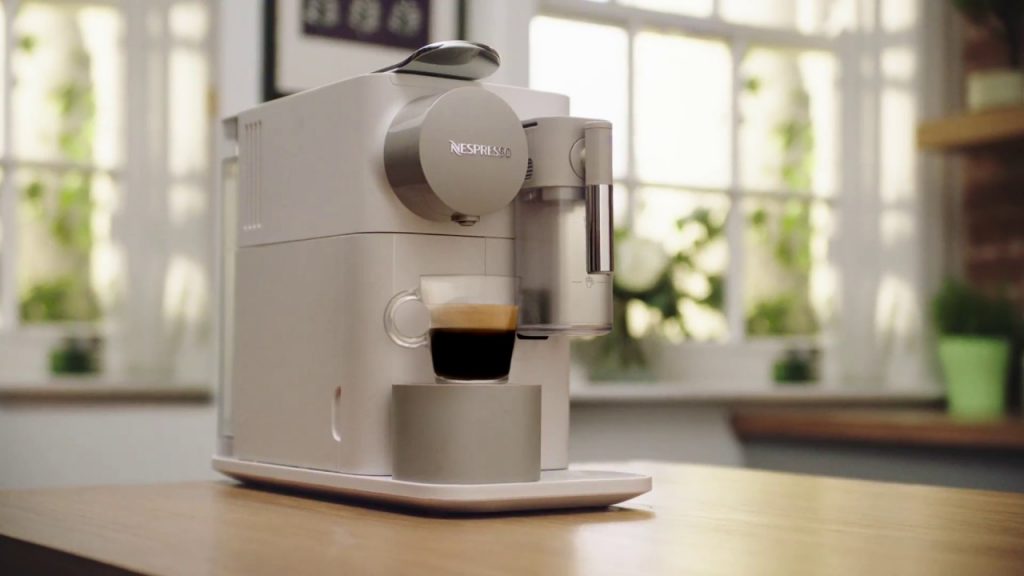
But that’s how the story is going today. I want to go back to how the story started. They put themselves in the middle of the coffee industry and the end-consumers. And let me remind again which end-consumers: the medium-high+ individuals.
What did their system offer?
- Simple preparation (as opposed to a complex process alternative)
- No mess
- Very quick (for people on the go that means a lot)
- George Clooney endorsed it
- Made an experience out of making it
- Made an experience out of collecting it by having the capsules colorful and worthy of collecting
A killer combination that pleased them to the extreme.
What can we learn from Nespresso?
- Putting yourself in the middle means you need to offer 5-star service. Preferably a white-glove one, like Nespresso — that obviously depends if your clientele is looking for a white glove service. That’s not the only way to become the man in the middle but the most common one.
- Creating an experience adds on top of this white glove service — colorful shops and pills, giving the pills the collectable factor, tasting events, very elegant design etc.
- Every place that needs service is waiting to be disrupted
- Every place where time can be saved is a place where you can offer service
- If you create an experience, you can be more expensive than the alternative (*)
- Understanding as much as possible about the clientele goes a long way. Being aware of the design of the machines matching their buyers’ kitchens means a deep level of awareness.
Plus, they didn’t make the machines rainbow-coloured or pink. They made them from white to black and colours in-between. Besides that, they kept it simple. Red, brown and cream mostly (except for special editions). How else are kitchens coloured for a mature wealthy family?
In tech
Basecamp is similar to Nespresso. Here’s their pricing page
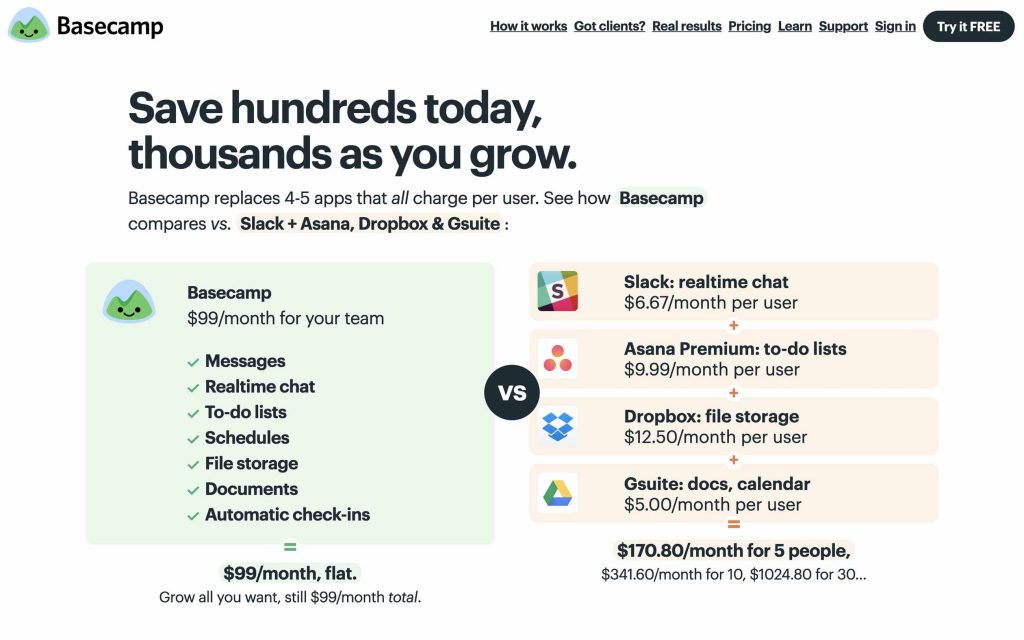
All those services on the right side? That’s what Nespresso would have done with the coffee beans, brewing machine, filters etc. if they were competing on price.
They were not. They competed on service, the match between product and audience and elegance.
What’s your case? Are you competing on price and putting yourself in the middle of an industry or some services?
Or are you just starting with that and adding more value on top of them so you can charge more?
About Ch Daniel
I run Chagency_, an experiences design agency — we help SaaS CEOs reduce user churn. I write daily on this topic and in similar areas. Here are my best pieces.
If I’ve helped you, follow me here and reach out: LinkedIn | Twitter | Email | Quora | YouTube
I’ve also founded an app (among others) that has got 6 digits in # of users — chdaniel.com/app
If you want a more of a personal connection, here’s how to have that.
Picture credits: Alex Koloskov


